|
Euri Bartolome Vidal, Surefoot associate, has spent the past months painting endangered plants and animals in watercolour. Some of the illustrations are printed on organic and fairtrade t-shirts, and donations from sales will go to organisations that protect ecosystems in the Global South. Euri shares the background and inspiration in the creation process. Kindred beings
I wanted to honour the biodiversity we are losing all over the world. I also wanted to make a connection between biodiversity and sustainability and the things we eat, the energy and the things we consume, and how we move around. I have chosen 8 regions and countries and for each of these one "protagonist" species with others around them: - Iberian lynx, Spain - Nama dwarf tortoise, Namibia - Black rhinoceros, Mozambique, Eswatini, and South Africa. - King protea, South Africa - Blue-bearded helmetcrest, Colombia - Chilean chinchilla, Chile - Blue whale (oceans) - Giant redwoods, California. The art of connecting Each watercolour tells a story in itself as it includes cultural elements of the countries the species inhabit. I am originally from Spain, and I have lived or travelled often in the African countries I chose. For the South American countries, I decided to get inspiration in the literature. For the blue-bearded helmetcrest, I chose imagery from the novel "One Hundred Years of Solitude" by Gabriel G. Márquez. For the chinchilla, I chose novels by Isabel Allende, poetry by Pablo Neruda, and music by guitarist Víctor Jara. For the redwoods I chose cinema as a theme. The first illustration, the lynx, has warm colours in honour of Antoni Gaudi's love for nature and dark blue hues inspired in Picasso's famous war painting "Guernica". The dark blues represent our war against nature, a war that we will never win. The rest of colours represent the protection of biodiversity and the hope of a more sustainable future. To support my future work, I have made organic and fair-trade t-shirts with some of the illustrations. I also want to donate part of the proceedings to organisations in the global South to support ecosystems. The first paintings and t-shirts will be on display in a small exhibit space in Madrid during May-June. If you want to know more about my work and the next species I will be painting, you can follow me on Instagram @ingozini, which sort of means "in danger" in several languages of Southern Africa.
0 Comments
Over the years it has become common knowledge that green areas improve the quality of life. As the POSTnote Green Space and Health from Houses of Parliament states, “Areas with more accessible green space are associated with better mental and physical health.” At Surefoot, we support communities and individuals to let their connection with the rest of nature take root and strengthen via creative approaches. The physical natural spaces can have many shapes and features, there’s no right and wrong whether you connect to the wilderness or a potted plant in a windowsill. Wherever you are, we hope you find comfort in our supportive materials to open up your personal ways of connecting with nature, others and yourself. Texts, photos and paintings focusing on appreciating local nature are on display in the outdoors at Tentsmuir National Nature Reserve until the end of September 2023. Finding your words – to support yourself, others and the Earth During the summer we ran some online writing workshops ‘Writing for EARth.’ The workshops were supporting elements of Surefoot’s Eco Anxious Resilient (EAR) Peer Support project, to encourage people to write a text for the series A Daily Reading for Earth. We hope you’ll enjoy the series of short texts to inspire and help you take one day at a time in the climate and natural crises. The workshops illustrated the wonder and strength that arises when people come together to explore free range emotions, create meaning on paper and share fragments of their inner world when caring for the outer world. Comments from a couple of the participants: “I'm taking with me the strength and beauty of what others have shared with me to make me braver and feel less alone when I do.” “I appreciated the sense of connection and sharing, which was uplifting and inspiring.” Your stories about caring for Planet Earth could also help tackle the nature and climate emergencies. Authentic communication and creativity are among the most important tools we all have. “We are all storytellers. We all live in a network of stories. There isn’t a stronger connection between people than storytelling.” – Jimmy Neil Smith. If you would like to write a text (max. 380 words) for our collection Daily Reading for Earth on how to keep well in an age of climate and nature emergencies, please contact [email protected]. We plan to run more Writing for EARth workshops, so please keep an eye on our social media or let us know if you might be interested in attending: [email protected] Sharing is caring Inspired by feedback on our creative activities and on initiatives in our surroundings, we encourage you to take part in creative actions centred around nature. One way of capturing moments, thoughts and feelings in nature is via photos, and at Surefoot we’ll be happy to receive your photo(s) with a few lines about what each snapshot of places mean to you – how these nature elements affect you. We are convinced that such experiences can support others and give them a chance to feel connected whether it is to other people, places or resonate with oneself. Please send them to [email protected] and we will share them on our social media platforms, credited to you, or anonymously if you prefer. You might find other communities around you where you can benefit from art work about nature, and/or where you can contribute yourself. Gazelle, associate at Surefoot, created a piece ‘Sand dune walk’ to the Morton Lochs outdoor art exhibition at Tentsmuir National Nature Reserve, organised by NatureScot. Where do you find places to let your creativity unfold and share this with others? The contribution to the exhibition by Gazelle Buchholtz. Photo: Chris Steedman.
What is nature to you? Not only impassable wilderness, dense forests, untouched bays, bottomless lakes and snow-covered mountain peaks are nature. Forests, gardens, parks, balconies, potted plants in the window sill, a flower bursting through the asphalt on the pavement and the wind touching your face are also parts of nature. There is no right or wrong answer to the question about what nature is to you. The relevant matter is finding the kind of nature where you feel recharged, nourished and comforted - a place to be energised and to connect with the inner and outer world. Finding your nature path
If you are not sure what kind of nature works for you, try different approaches. A stroll in the park, a restful moment by a pond or walking through fallen, dry leaves. Where do you feel your breathing calm down and slow down stressful or spinning thoughts? Mental Health Foundation states that ‘For many of us though, 'being in nature’ may not be as easy as it sounds.’ In the article Our top tips on connecting with nature to improve your mental health the organisation shares ideas on how to connect to nature. TRVST shares 19 Ways to Connect with Nature. The tips invite us to use our senses together with the opportunity to bring creativity, relaxation, reading, writing and presence in the present to support a bond with nature. I was 43 years old when I realised that living near mountains, rivers and wilderness is essential - to me. On returning to Denmark after a year in New Zealand, I had a sense of grief at not living in these landscapes anymore, and in retrospect I began to understand why I had felt out of place in my home country. This initiated my move to Scotland where I’m fortunate to have found work, friends and my partner. In a chaotic and violent world where countless people and nations face the horrors of war, famine and persecution, I’m humbled by my privileged position to be able to move to a country because its nature resonates with me. Diving into techniques Your relationship with nature is shaped by you. Finding a stream to put my feet in is one of my personal favourites. This often involves a walk through areas with a mixture of different tree species, another of my favourites. Walking outside your front door, closing your eyes and listening to birds in the neighbourhood for 10 min. could be your technique to recharge for the next Zoom meeting. If you want to explore and develop nature connections further, there are various methods to follow. One is the Japanese concept of forest bathing (Shinrin-yoku). The introduction from Forestry England explains the core of the practice, ‘The simple method of being calm and quiet amongst the trees, observing nature around you whilst breathing deeply.’ Research, published at the Environmental Health and Preventive Medicine journal in 2010, indicates the health benefits, ‘The results show that forest environments promote lower concentrations of cortisol, lower pulse rate, lower blood pressure, greater parasympathetic nerve activity, and lower sympathetic nerve activity than do city environments.’ (‘The physiological effects of Shinrin-yoku (taking in the forest atmosphere or forest bathing): evidence from field experiments in 24 forests across Japan’). In other words, forest bathing helps your body to relax and calm signs of stress. There are several reasons why spending time in nature is beneficial for both physical and mental health. The Surefoot article Eco-distress - how to respond states, ‘One of the reasons we experience eco-distress is that we feel disconnected from the natural world and our ability to influence or manage the situation.’ By connecting to nature, eco-distress can be eased. Connecting to nature with writing and reading can strengthen the senses toward nature. Via the British Association for Holistic Medicine & Health Care (BHMA) you can free of charge download their magazine issue Nature Connections, which includes the article Your world in words: connecting to oneself and nature. Together with social work lecturer Ann Hodson, I wrote the article about how my workshop, using creative writing and shared reading which has nature and the natural world at its core, can support vulnerable groups. We concluded that it can benefit individuals, helping them to engage in reflection and enjoy connecting with nature. Since the way we talk about nature reflects our connection with nature, it is also worth mentioning the discipline of ecolinguistics. It’s defined by The International Ecolinguistics Association as, ‘Ecolinguistics explores the role of language in the life-sustaining interactions of humans, other species and the physical environment. The first aim is to develop linguistic theories which see humans not only as part of society, but also as part of the larger ecosystems that life depends on.’ The free online course The Stories We Live By provides insight into how we connect with nature in everyday life and on a societal level. Connections. Healthy, happy connections are what we need to thrive as individuals and as part of communities. Matsuo Basho (1644-94) became a renowned haiku master and managed to embrace both the connection to the natural elements as well as the joy of sharing these experiences with others, as in this haiku from the book On Love and Barley: Haiku of Basho: Together let’s eat ears of wheat, share a grass pillow. Nature connection builds resilience May efforts and joy in creating and developing nature connections inspire others to do the same. Hopefully will these gentle steps contribute to the bigger picture towards a just and resilient world. RSPB’s article Connection to nature not only points to the benefits for individual well-being and health, but also to benefits that go in the other direction; from people to nature, ‘Research shows that people with a greater connection to nature are more likely to behave positively towards the environment, wildlife and habitats.’ The methods to connect to nature are many. Do you have a story about your nature connection you would like to share via Surefoot? Perhaps with ideas on how this contributes to a healthier community? Please write to: [email protected] and let’s have a chat. Text and photo by Gazelle Buchholtz, Surefoot associate On the global stage, people unite or stand up as individuals with the desire to create a just, sustainable and resilient world. On a societal level, market forces rather than the welfare of planet, people and other living beings are on the agenda and protected by legislation and regulations. The right to extract, process and consume resources - to keep the consumer wheels spinning - seems to run away with us. But people are standing up to demand a world outlined on the principles of nature, not economics. A long chain of actions is at play. Apolitical has listed the 100 Most Influential People in Climate 2022/23 and there exist diverse groups and organisations such as Artists for Climate, Climate Action 4 Jobs, Families for Climate, Fridays for Future, Grandparents for Climate Action Now and Scientists for Climate.
In historical retrospect, persistent rebellion is a known tool to improve human existence, for example labour conditions and the abolition of slavery. In some parts of the world conditions have bettered, in others they have not, and there are activists whose limbs and lives are lost when fighting for a better world. This also happens when protecting nature. Over 1,700 environmental activists killed in decade, states a BBC article and refers to a report from Global Witness. A sense of inadequacy and that I should be doing more, like the brave people who take up the fight against giant industries and governments, creeps into my comfortable home in my safe life. I remind myself that there are numerous other things to do. Since we all need to eat, people have tremendous power with the shopping basket. Supermarkets fill their shelves with demands and what they are used to selling. We have the power to change their habits with ours. Steering clear of meat, products with palm oil, and overly processed foods which have been on a long journey. Instead, aiming for plant based, locally, fresh, raw food. We also have power over other types of purchases: thinking hard about our travel choices and our non-food purchases. With focused attention, as little it might seem, we can support what we wish to see grow out of the crisis. May everyday activism make gentle, insisting waves rippling out as broader efforts towards a caring world. Text by Gazelle Buchholtz, Surefoot associate If you live in the UK and want to visit a rainforest, you don’t have to catch a flight to find one. Scotland is home to its own Atlantic rainforest. “The west of Scotland is home to one of the most important remaining rainforest sites in Europe, with its rich diversity of species making it internationally important.” Rainforest action, Scottish Government. Last year, the Scottish Government decided to support the restoration and expansion of the rainforest and is engaging with the Alliance for Scotland’s Rainforests. Like most natural habitats these forests are also in need of protection. Nitrogen pollution, exotic conifer plantation and other factors put pressure on the habitat including its plants and animals. Facing a climate emergency, the government also acknowledges the importance of forest and woodland capabilities to absorb more than 6 million tonnes of CO2 every year. This is equivalent to almost 10% of Scotland’s gross greenhouse gas emissions, states the Minister for Environment and Land Reform, Mairi McAllan in the Scottish Governments Rainforest Action. Furthermore, Mairi McAllan says: “As world leaders commit to end deforestation by 2030, we are planting 80% of the UK’s trees and making bold commitments like this to protect and enhance Scotland’s own temperate rainforest. “Our ambitions do not stop there. We have increased our new woodland creation targets from 12,000 hectares a year to 18,000 hectares by 2024/5. By then, we will be planting 36 million new trees every year in Scotland.” Photo: Inversnaid. Every action counts - also outside the rainforest At Surefoot we welcome the initiative and are looking forward to seeing the outcome of the plans. There’s certainly a need to support the natural world, high biodiversity and areas with tree cover to prevent temperatures rising - in short to take care of the living beings and resources we have on the planet. In other areas - including in our daily life - there are several ways to reduce CO2 emissions and aim for Net Zero. If you would like to know how your organisation can reach Net Zero, check out Surefoot’s Net Zero for Teams or get in touch with us. Scottish Renewable’s Energy consumption by sector points to building heating as the highest energy consumption in Scotland which causes a large amount of CO2 emissions, so improved energy efficiency in buildings is critical. If you are involved in a community building, you can apply for free help from HeatHack and Surefoot. Read more here: Energy Efficiency in Community Buildings. When we reuse, repair, recycle and rethink ways of handling our personal resources, we are also supporting the Planet’s capacity, natural habitats and resources. We recently ran a workshop in partnership with Transition Stirling to show how being creative (in this case with reuse) can build both individual and community resilience. For more about building resilience for your community, please see our Resilience workshops which have been informed by both our recent Erasmus+ Breakthrough for Resilience Project and National Lottery funding for a previous project. Text and photo by Gazelle Buchholtz, Surefoot associate.
We recently had a meeting for our Erasmus+ Sustainability, Heritage, and Health project in Athens. Looking out at the Parthenon and thinking about the ecological emergency, Euri had some thoughts:
The Parthenon is Greece’s most iconic building, and it is also a symbol of Antiquity and democracy in the world. The building was finished in 438 BC, and it is dedicated to the goddess Athena, after which the ancient city is named. For almost thirteen centuries, the Parthenon overlooked the Athenian city almost untouched. In the final decade of the 6th century AD, the Parthenon was converted into a Christian church dedicated to the Virgin Mary. After the Ottoman conquest, the Parthenon was turned into a mosque in the early 1460s. It was only in 1687 when general Francesco Morosini of the then Republic of Venice invaded the Ottoman-controlled city and bombed the building, where the sitting army had stored gunpowder. One of the architectural marbles of history collapsed in a single event, and with it, a gem of human History. From 1801 to 1803, Earl of Elgin removed some of the surviving sculptures which are now in the British Museum. For most of its history, it was desecrated, forgotten, and ultimately destroyed. It only became celebrated quite recently. The Parthenon is now a symbol of democracy and Western civilisation, celebrated as one of the most important buildings in the world, with millions of tourists visiting every year. Celebrated when it is too late. Does nature have the same fate of the Parthenon? The WWF states that between 1970 and 2016, wildlife populations have declined, on average, by 68%. Terrestrial populations have declined 38%, while freshwater populations have declined by 81%. The rapid loss of species we are seeing today is estimated by experts to be between 1,000 and 10,000 times higher than the natural extinction rate. These experts calculate that between 0.01 and 0.1% of all species will become extinct each year. Will people look back in several hundreds of years and ponder over how could anyone be so reckless and careless as to fail to protect the wealth of the nature world, a symbol of life, unique in the universe? Will people dig up the remains of the natural world like we dig for dinosaur bones today and take them to museums, the only places where people will learn about the massive biodiversity that once thrived on the planet until the 21st Century? Through deforestation, the burning of fossil fuels, land and ocean pollution, mindless consumerism, humanity is stacking up its own gunpowder inside the ancient marvel that is nature and that took billions of years to be what it is today. As we can attest from the history of the Parthenon, it does not take very much for all of it to go away. Will nature be celebrated only when it is gone? |
�
AboutHere’s a collection of some of our articles which have been in our newsletters or published elsewhere.
Archives
May 2024
|
Sign up TO SUREFOOT NEWS >>The Surefoot Effect equips people, communities and organisations with skills for sustainability and resilience.
|

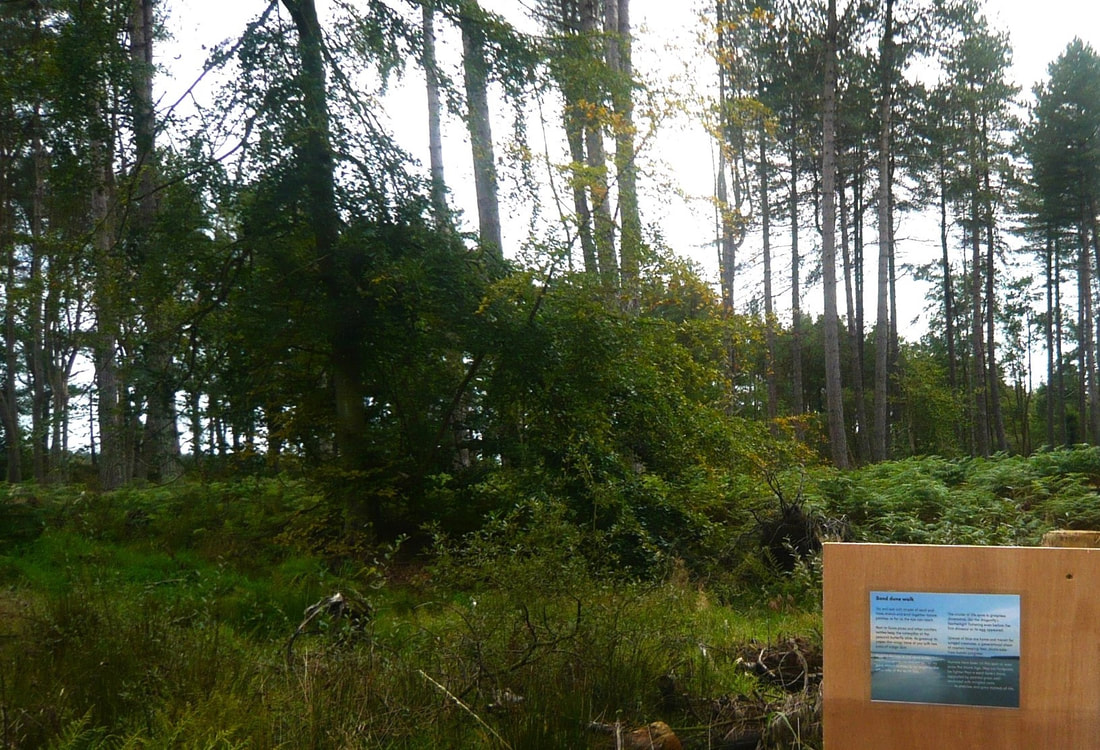
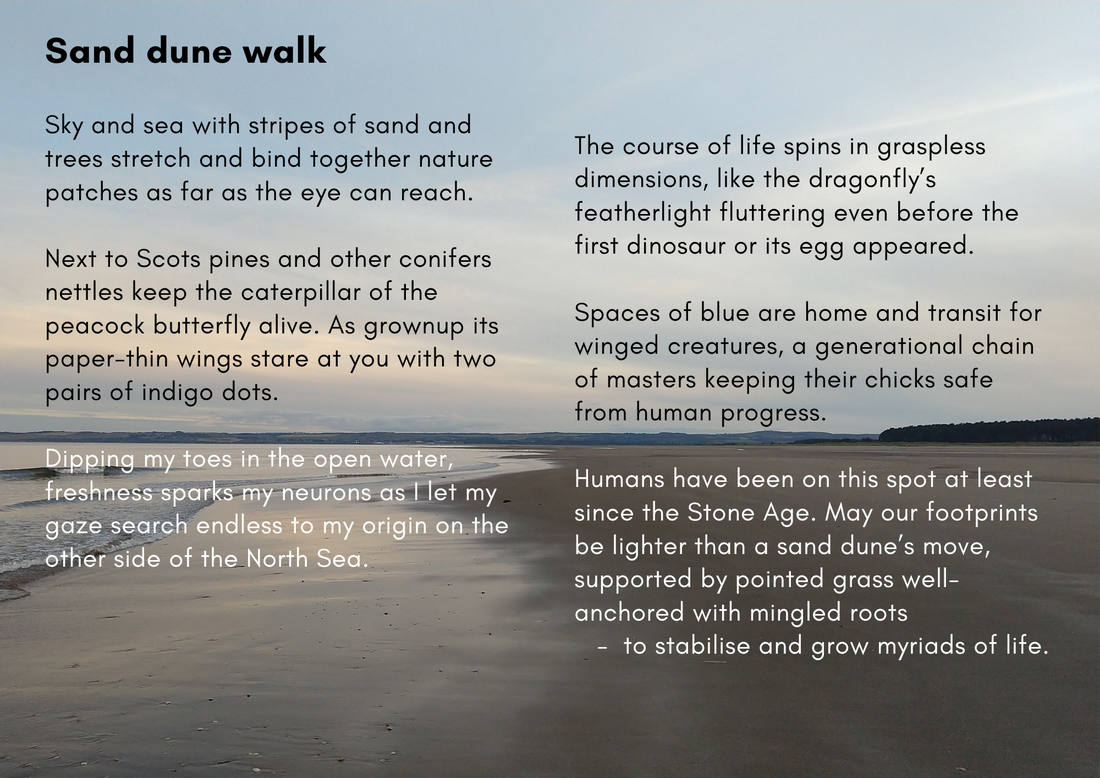
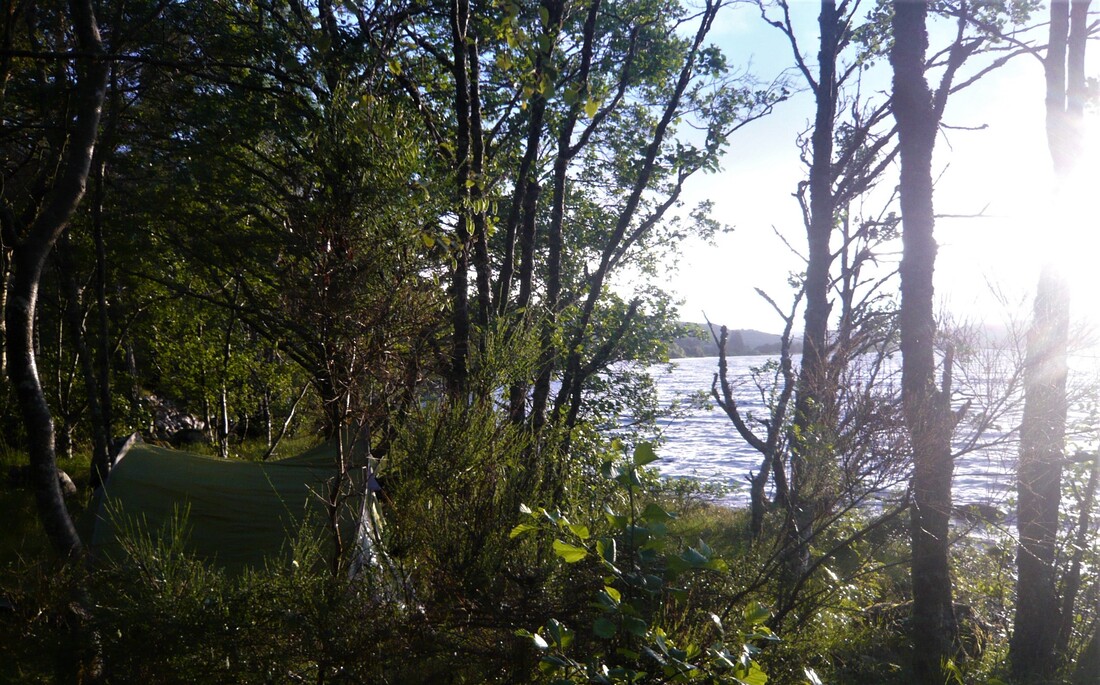

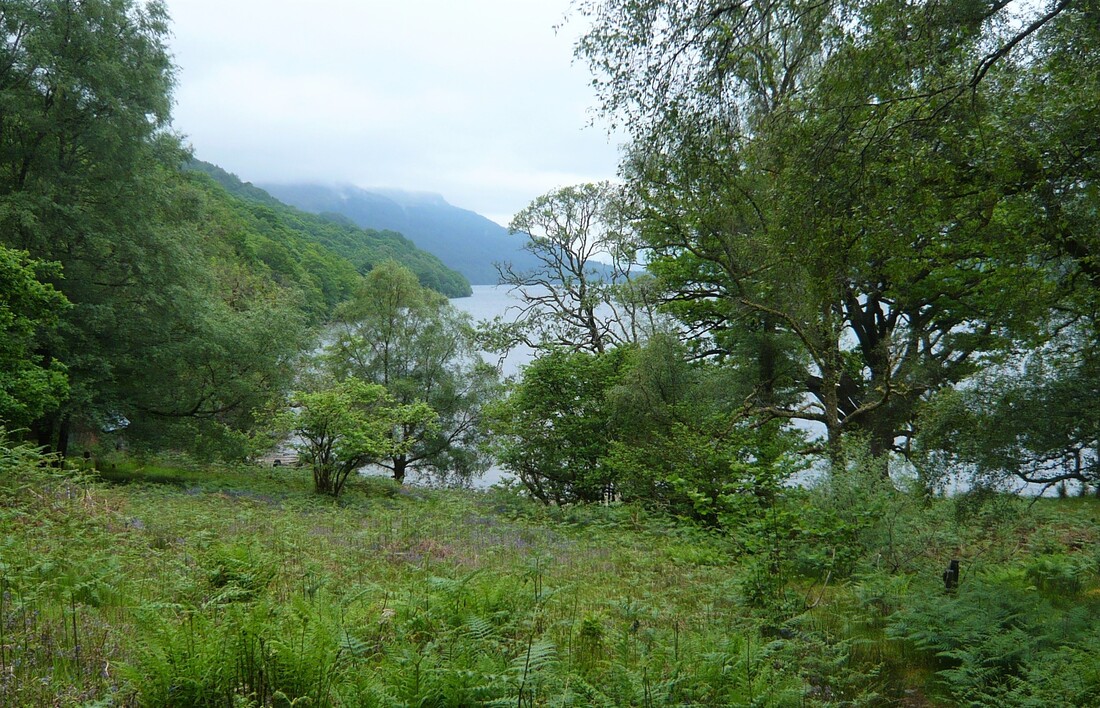

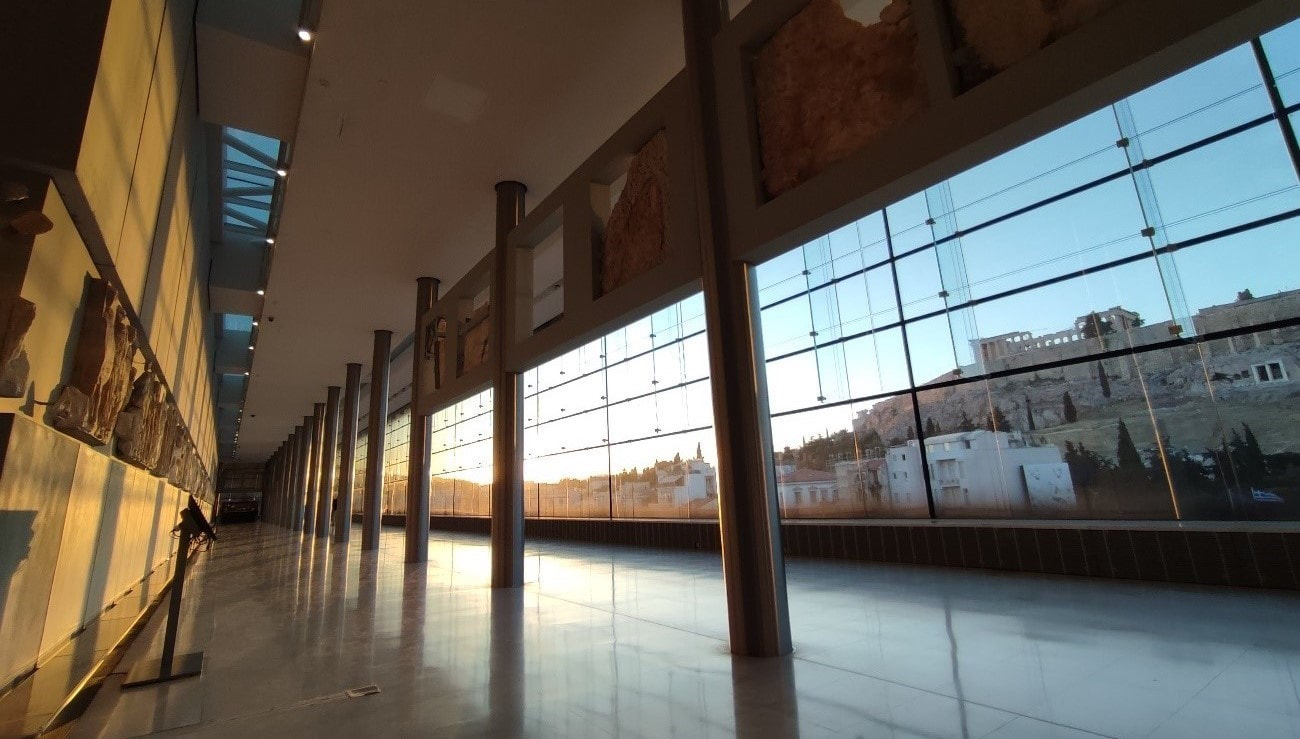
 RSS Feed
RSS Feed




